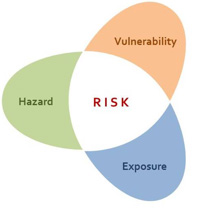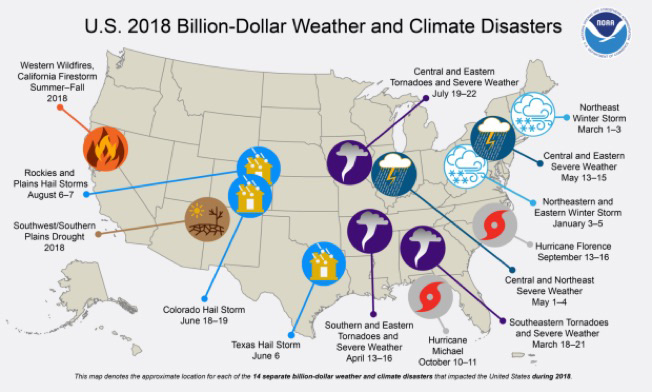
![[ Random Borzoi Image ]](../bannerpicsrandom/image-47.jpg)

![[ Random Borzoi Image ]](../bannerpicsrandom/image-47.jpg)

Ruins in Afton, Virginia after arson fire destroyed the structure's entire roof and center portico. Image by Ben Schumin
There is no area of the U.S. that is disaster free. While Federal and State response has dramatically improved over the years, it is utterly imperative that owners assume responsibility for the lives of their pets by educating themselves on the potential for disaster, and what types of disasters, where they live and work.

To help people assess what threats might be in order to augment their emergency supplies or improve their disaster response skills, FEMA has published a booklet called the "Threat and Hazard Identification and Risk Assessment Guide." (THIRA) This guide, which outlines the THIRA process, emphasizes "whole community involvement," not just governmental agencies, in preparedness efforts.
Disaster mitigation measures are those that eliminate or reduce the impacts and risks of hazards through proactive measures taken before an emergency or disaster occurs.
Measures take different forms for different types of disasters. In earthquake prone areas, these preventive measures might include structural changes such as the installation of an earthquake valve to instantly shut off the natural gas supply, seismic retrofits of property, and the securing of items inside a building. The latter may include the mounting of furniture, refrigerators, water heaters and breakables to the walls, and the addition of cabinet latches. In flood prone areas, houses can be built on poles/stilts. In areas prone to prolonged electricity black-outs installation of a generator ensures continuation of electrical service. The construction of storm cellars and fallout shelters are further examples of personal mitigative actions.
During 2018, the U.S. experienced a very active year of weather and climate disasters. In total, the U.S. was impacted by 14 separate billion-dollar disaster events: two tropical cyclones, eight severe storms, two winter storms, drought, and wildfires.

Man-made disasters can include everything from a kennel fire, dog fight, to hazardous material spills, groundwater contamination, structure failures, and energy outages. According to the AKC, roughly 40,000 pets die each year in home fires. Pet owners can take steps to prevent, mitigate, and react appropriately to disasters. Assess your potential risks starting in your home and then move to your neighborhood and city, and work.